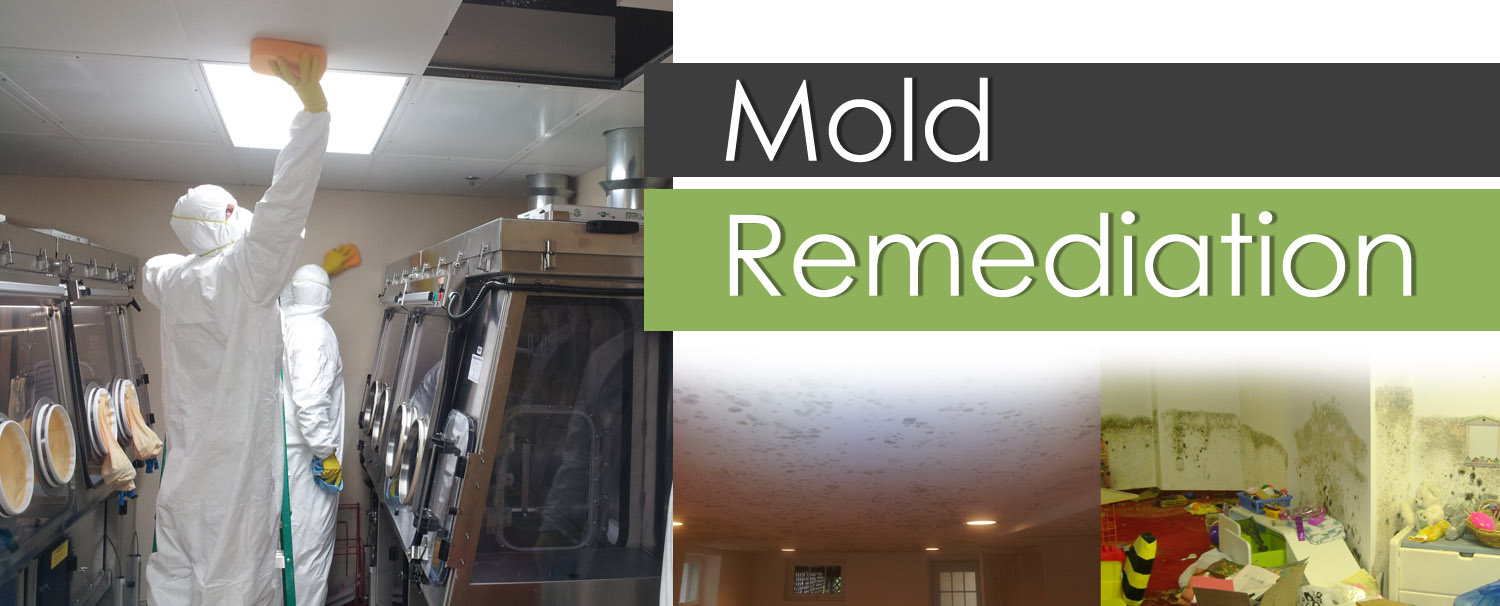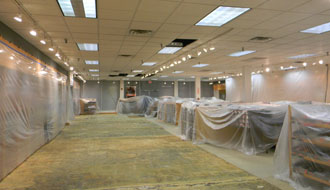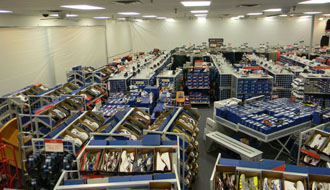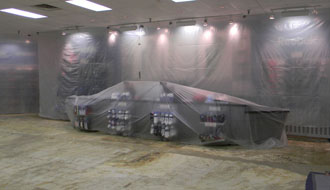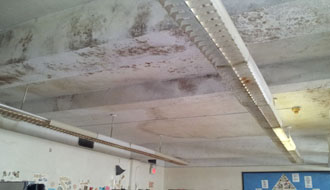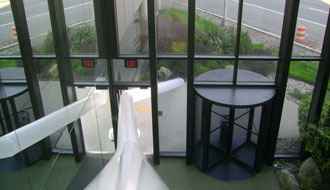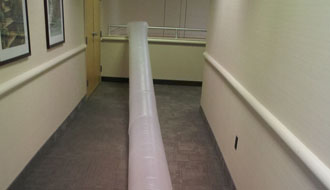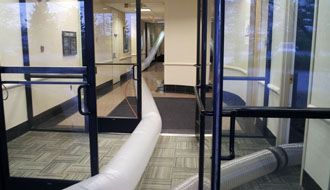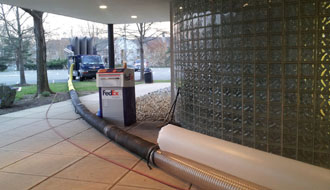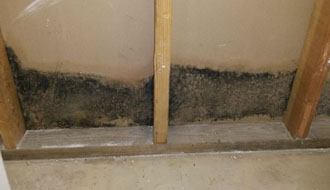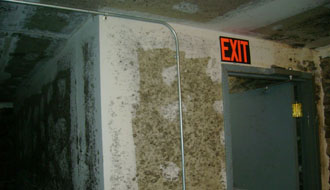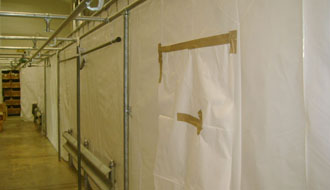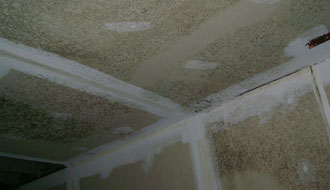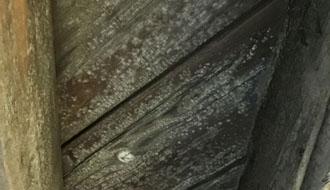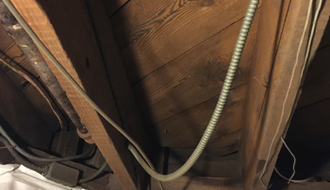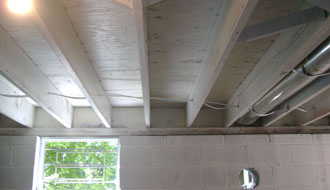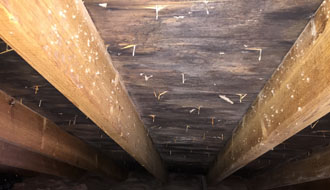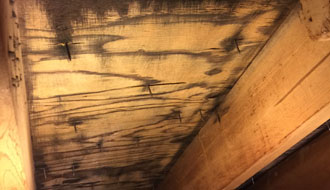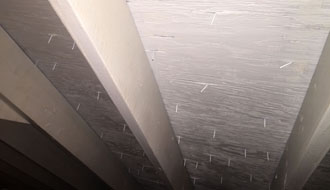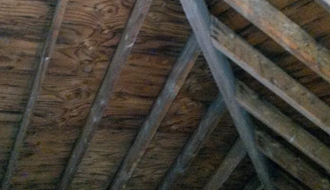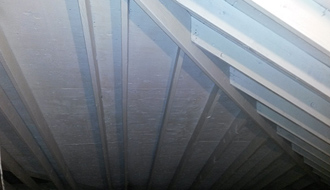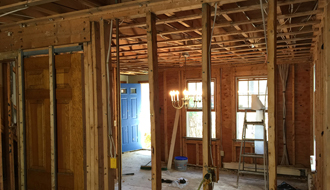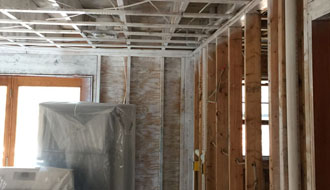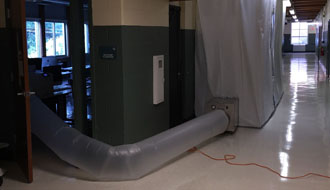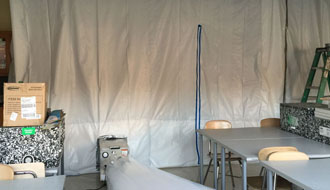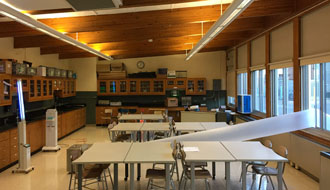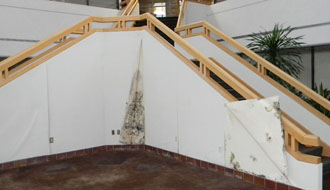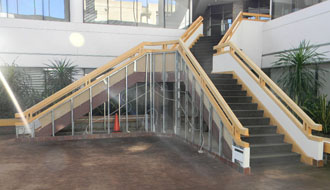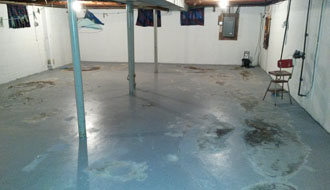Mold Remediation
During the past decade, there has been an increased awareness that the growth of molds/fungi inside a building is a major source of indoor air pollution and one of the contributing factors behind Sick Building Syndrome (SBS) and Building Related Illness (BRI). The adverse health effects associated with exposure to toxic molds/fungi have been well documented. As we spend almost 75-90% of our time indoor (home, office, schools etc.), Indoor Air Quality plays major role in our lives. Combination of temperature, humidity and nutrient source promote growth of molds/fungi. Moisture and poorly ventilated area are a major reason for their growth.
Health Effects
Several species of mold/fungi have been found to be human pathogens (i.e., organisms capable of causing disease). The spores may become a threat to the respiratory system and/or generate other forms of infection if their airborne concentration reaches a certain level specific to the individual species and variety. When the spore count for a species exceeds this critical level of human pathogenesis, it becomes a health hazard. Some fungi genera and species of notoriety include colonies of Stachybotrys, Aspergillus, Penecilium, Fusarium, Wallemia, and others, less studied species.
These produce a wide variety of non-volatile compounds commonly known as ‘mycotoxins’ that can produce adverse health effects including skin eyes & throat irritation, immune disorders and persistent allergies. Fungi, in general, also produce a wide range of volatile organic compounds (VOC) characterized by musty or moldy smells that people associate with fungal growth in a building. Basically, if mold can be seen or smelled, it is a problem. VOC are also produced by wide variety of treated (sprayed with chemicals) building materials, carpet padding and left over paint & varnishes.
All of our mold remediation projects are based upon industry standard practices following:
- NYC EPA guidelines
- Mold in Schools & Public Buildings reference guide (by EPA)
- IICRC s520 reference and standards
The scope of work determination for any of our mold remediation project closely follows and most of the times exceeds all of the above accepted guidelines/ references as well as ongoing studies/research regarding microbial contamination.
Majority of our projects are in close coordination with third party consulting and or air monitoring firms who are following the very same guidelines.
Digital pictures are taken during the entire process documenting each step of our work for future references. The work is performed in a professional manner that significantly reduces any possible fungal reoccurrences.
Our projects are performed in accordance with all current Federal, State and Local guidelines. NIOSH approved respiratory protective equipment is mandatory. OSHA regulations are strictly enforced.
